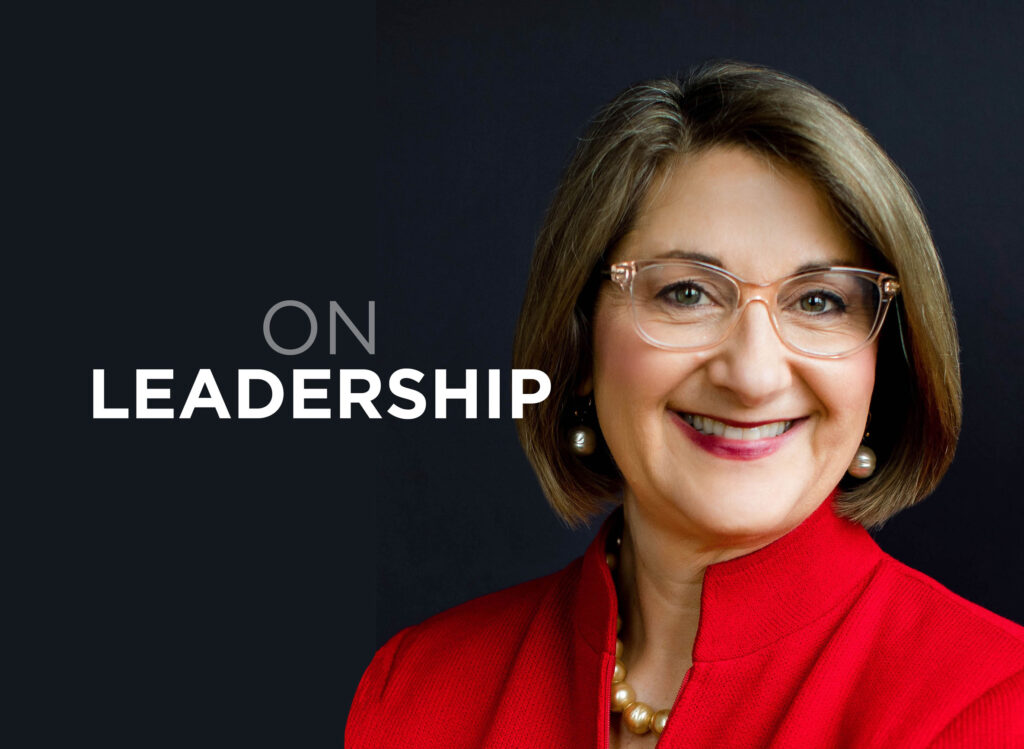The Elbert Files: Ike and the 1950s

DAVE ELBERT Jul 18, 2019 | 3:58 pm
3 min read time
615 wordsBusiness Record Insider, Opinion, The Elbert Files“When people my age get nostalgic, the place we often go to is the 1950s.
I was born in 1947. My first exposure to television was Jan. 20, 1953, the day Dwight Eisenhower was sworn in as president. I was a kindergartener, and the nuns at St. Cecelia in Ames brought in a TV so we could witness history. Because we were the shortest, we got to sit in front.
At 5 years old, I already knew who Eisenhower was. Six months earlier, on July 4, he’d ridden in an open car past my home on his way to the then-new WOI-TV studios on the Iowa State campus. It was, the Des Moines Tribune reported, the first time the Ames station “originated a program for a national audience.”
There were many firsts with Eisenhower, and author William I. Hitchcock captured several in his 2018 book “The Age of Eisenhower: America and the World in the 1950s.”
It’s a fast-paced and evenhanded account in which Hitchcock explains why people were so enamored with Eisenhower, as well as how some of his decisions mucked things up for those who followed.
By the time Eisenhower died in 1969, nine years after he’d left office, Hitchcock wrote, “the obituaries praised his war leadership but discounted his presidency.”
That’s not an entirely fair perspective, Hitchcock added, because many problems Ike faced were largely beyond his control. Examples include the launch of Sputnik, the first man-made satellite by the Soviet Union in 1957, and Fidel Castro’s conversion to communism a couple of years later.
Eisenhower’s biggest screw-up was his handling of the U-2 spy plane that was shot down by the Soviets on May 1, 1960.
After denying the U-2 was a U.S. spy plane, the president looked foolish when Soviet premier Nikita Khrushchev presented the downed aircraft and its pilot as proof.
Not until much later did we learn that Ike had received horrible intelligence and advice from CIA chief Allen Dulles. Dulles had failed to tell the president that recent Soviet missile developments made the U-2 vulnerable, and he led Ike to wrongly believe that U-2 pilot Francis Gary Powers had followed procedures and blown up the aircraft and killed himself.
The U-2 incident and Eisenhower’s refusal to apologize prompted Khrushchev to scuttle a nuclear disarmament conference on May 15 in Paris.
Hitchcock wrote that by refusing to blame subordinates or apologize, “Eisenhower embraced spying as a professional obligation and threw a cloak of invulnerability around all his subordinates.”
That and other Eisenhower precedents would haunt the nation and Ike’s successors for decades.
But Eisenhower also made a lot of smart moves.
He defanged Sen. Joe McCarthy, whose alcohol-fueled witch hunts tied the country in knots during the early 1950s. And he ended the conflict in Korea in 1953 without turning it into either a nuclear holocaust or an interminable land war.
In October 1956, one year after suffering a heart attack and during the height of his re-election campaign, Eisenhower helped defuse two world crises.
He got the British and French to back away from a deadly confrontation with Egypt over the Suez Canal and he opted not “to be drawn into a war to liberate Eastern Europe” when the Soviets put down a revolution in Hungary.
When Eisenhower left office on Jan. 20, 1961, historians ranked him 22 out of 31 presidents, “way below Truman and Hoover,” Hitchcock wrote. Time magazine accused him of being “more figurehead than president” and “out of touch with his people.”
Historians today disagree and rank Ike as our fifth-best president.
“The Age of Eisenhower” explains why Ike was so much better and the 1950s so much worse than we remember.










